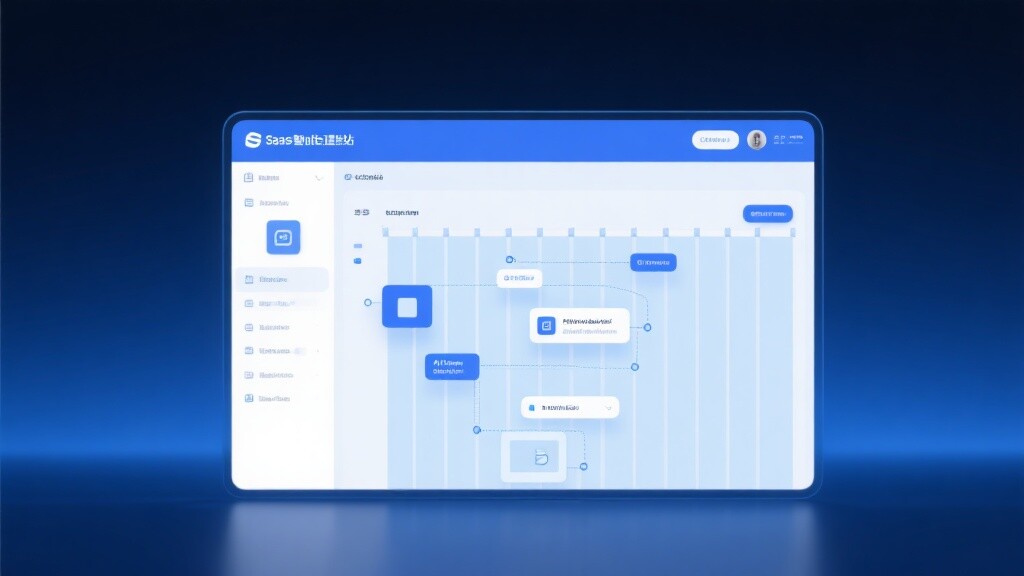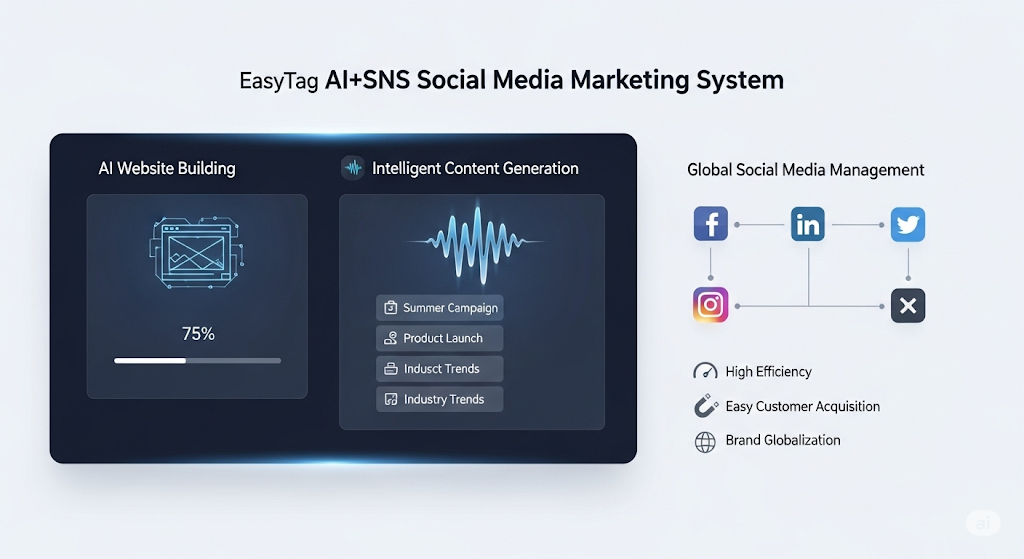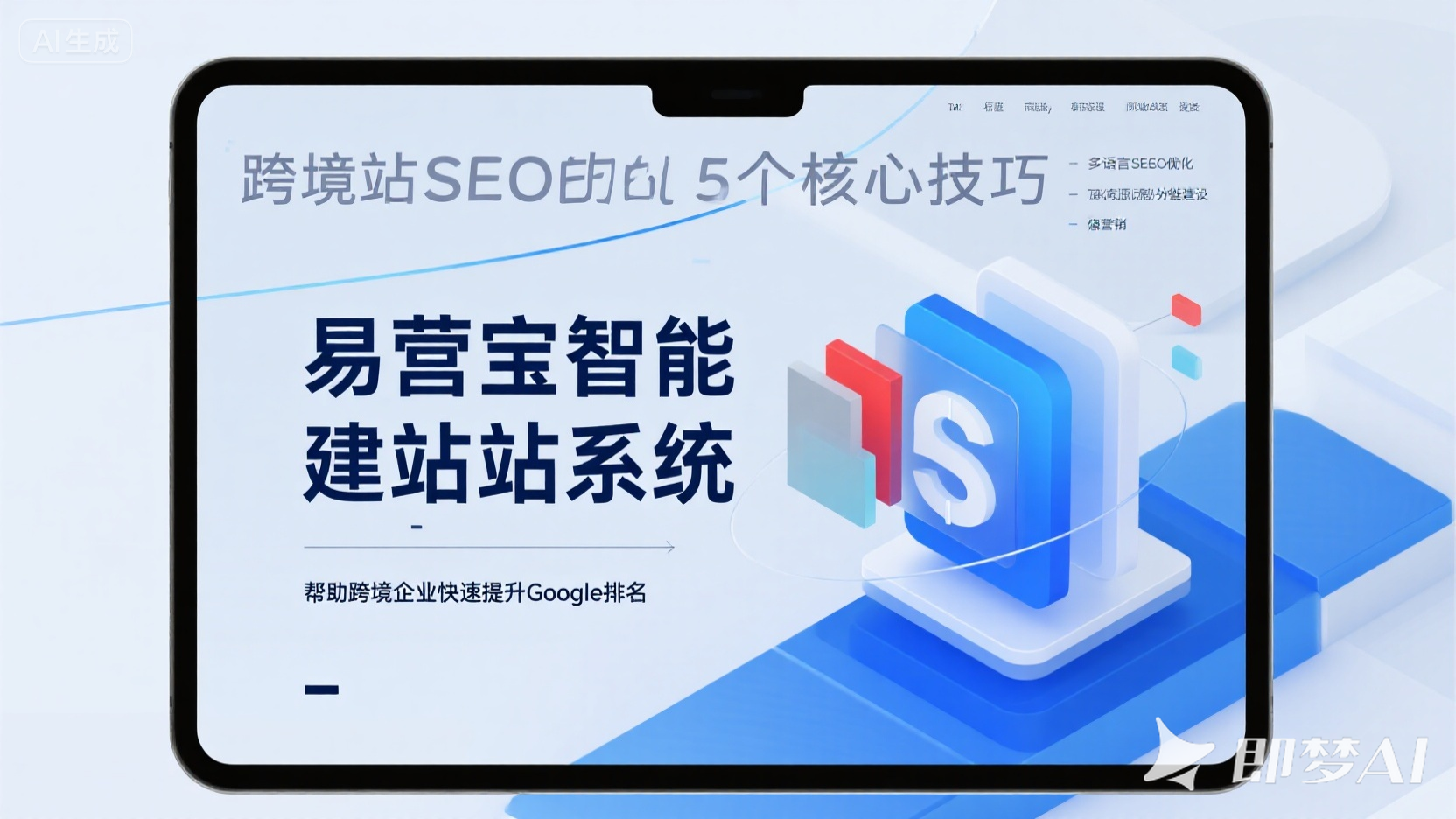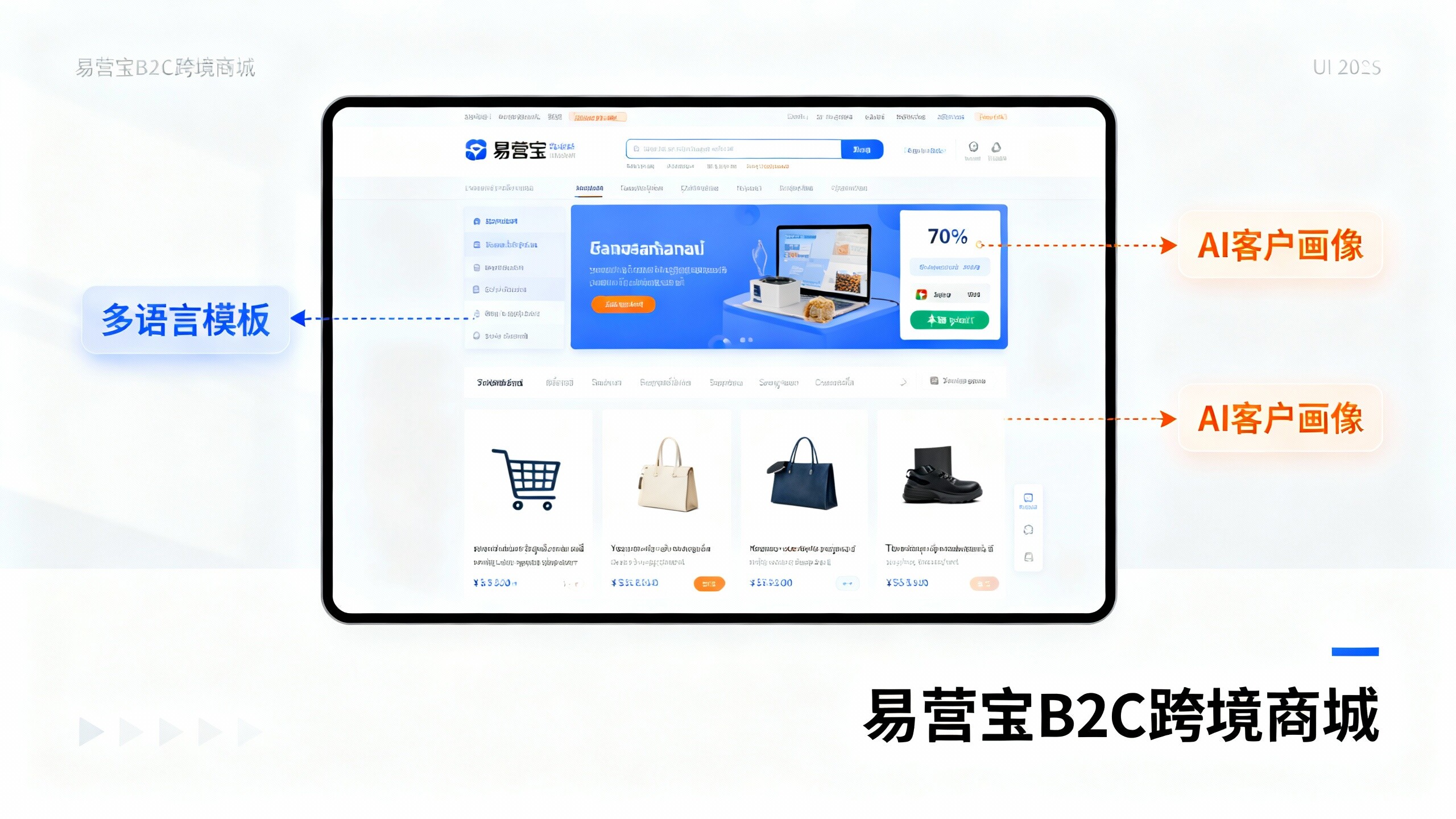- How much can AI-powered cross-border e-commerce website solutions improve conversion rates? Real data reveals the answer2025-12-11View Details
- Is it difficult to increase brand awareness? Effective strategies for 2024 + Recommended AI tool combinations2025-12-11View Details
- Data-Driven Advertising Boosts ROI by 50%? Real Case Analysis2025-12-11View Details
- The Secret to 3X Website Traffic Growth: AI + Localized Content Strategy2025-12-11View Details
- Can localized content really improve conversion rates? Proven results from the European market2025-12-11View Details
- Does website acceleration affect conversion rates? The 2024 loading speed standards have been updated.2025-12-11View Details
- Why is your data-driven advertising ineffective? 90% of companies overlook this step2025-12-11View Details
- How can distributors quickly build localized foreign trade websites? AI website solutions are here2025-12-11View Details
How AI Writing Assists in Responsive Website SEO Optimization? Practical Case Analysis
How AI Writing Enhances Responsive Website SEO Optimization? Combining Foreign Trade Independent Websites with AI Translation Engines, this article provides practical operations and case studies to help improve website rankings and loading speed. In the global competition for traffic, responsive websites must cater to both mobile and desktop user experiences while meeting search engine requirements for semantics, content depth, and loading performance. AI writing is not merely a substitute for manual writing but leverages structured content generation, semantic expansion, automated TDK optimization, and multilingual localization to become a core tool for improving the efficiency of responsive website SEO optimization. Below, we explore three dimensions—definition and explanation, application scenarios, and practical operations—to help researchers and users/operators quickly get started and see quantifiable results.

Definition and Key Pain Points
Definition: A responsive website refers to a site layout that adapts to different screen sizes using the same set of code, ensuring a good experience across mobile, tablet, and desktop devices. Responsive website SEO optimization focuses not only on keyword rankings but also on page speed, structured data, mobile-friendliness, and cross-language consistency. Common pain points include the high cost of updating multilingual content for foreign trade independent websites, the lack of localized linguistic nuances in AI writing and translation, how to accelerate website loading speed to improve Google rankings, and insufficient integration between customer service channels (e.g., WhatsApp) and on-site content. To address these, the proven best practice is using AI writing for semantic content expansion, leveraging foreign trade independent website smart building systems for templated output, and combining AI translation engines for localized adaptation—thereby improving page quality and indexing speed in bulk within a short period. Technically, focus on First Contentful Paint (FCP), Cumulative Layout Shift (CLS), and Time to Interactive (TTI), as these metrics directly impact Google rankings.

Practical Steps, Comparative Analysis, and Case Studies
Practical Steps (for researchers and users/operators): Step 1: Use AI writing to generate topic clusters and long-tail semantic expansions, combining the "AI Keyword Expansion + Auto-Generated TDK + AI Image Generation" method to quickly produce draft pages that meet long-tail demand. Step 2: Templatize content via foreign trade independent website smart building systems, automatically inserting structured data and breadcrumb navigation. Step 3: Employ AI translation engines for multilingual localization, verifying cultural adaptation and keyword parity. Step 4: Optimize frontend resources (lazy-load images, merged CSS/JS, enabled CDN) to accelerate loading speed, monitor performance metrics, and iterate continuously. Comparative analysis shows that traditional manual writing + translation cycles often take 3-5 times longer than AI writing workflows. With the same budget, AI writing can achieve thousands of content pieces daily while boosting initial Google ranking weights via auto-generated TDK. Client Case: A B2B foreign trade independent website adopted AI writing templating strategies and integrated WhatsApp instant customer service, reducing landing page bounce rates by 18% and achieving top-two Google rankings for primary keywords within three months. Notably, for specific industries (e.g., manufacturing and equipment), we also offer vertical landing solutions, such as combining product displays with interactive samples—refer to Laser Engraving Machine Industry Solutions to enhance procurement efficiency and conversion rates.
Technical Performance, Procurement Guidelines, and Common Misconceptions
Technical Performance & Procurement Guidelines: When selecting AI writing and smart website solutions, prioritize the model's industry-specific adaptability, support for auto-generated TDK and multilingual term alignment, integration with on-site search, structured data, and external tools (e.g., Google Search Console, Google Ads). Additionally, accelerating website loading speed is a key procurement factor—prioritize built-in CDN, AI image compression, lazy-load image rendering, and automated resource merging. For users, establish content publishing and review mechanisms: treat AI-generated content as drafts, add manual review steps, and focus on product description compliance and localization. Common Misconceptions: Mistakenly believing AI writing can fully replace manual proofreading; incorrectly treating keyword stuffing as an SEO strategy; neglecting mobile user paths and customer service integration (e.g., WhatsApp), all of which undermine long-term responsive website SEO effectiveness. The correct approach is using AI writing as an amplifier to scale content and semantic coverage while retaining human oversight for strategic validation.
Trend Analysis, Customer FAQs, and Contact Us

Trend Analysis & FAQs: In the next two years, AI writing will integrate multimodal generation and real-time user behavior data to further enhance personalized content delivery for responsive websites, directly impacting Google rankings and conversion rates. FAQs: 1) Will AI-generated multilingual content trigger duplicate content penalties? Answer: Semantic rewriting, localized adaptation, and proper hreflang/tagging can avoid penalties. 2) How to achieve quick wins with limited budgets? Answer: Pilot AI writing + auto-TDK on high-value pages, refine templates, then scale. 3) How to integrate customer communication channels? Answer: Link WhatsApp, live chat, and structured FAQ pages to boost conversion loops. Why Choose Us: EasyTool offers proprietary AI keyword expansion and translation engines, global CDN and multilingual website capabilities, combined with Google Premier Partner and Meta agency credentials, delivering end-to-end optimization from content to ad placement for foreign trade independent websites. For consultation or solution trials, contact our product and technical teams for customized implementation plans and ROI estimates.
Contact Us: Visit our website or consult a client manager for a free diagnostic session and demo, quickly evaluating how AI writing and responsive website SEO optimization can improve Google rankings and cross-border traffic conversion.
- Campbell (name)
- free-standing station
- Intelligent website building system
- SEO optimization
- Intelligent website building
- AI translation
- AI translation engine
- AI writing
- AI Translation Engine for Independent Foreign Trade Websites
- Google ranking
- Foreign trade independent website
- Website seo optimization
- Website loading speed
- Google Ads
- SEO
- responsive website
- Responsive Website SEO Optimization
- Intelligent website building system for foreign trade independent website
- How to Speed Up Website Loading
Related articles
Related products

















